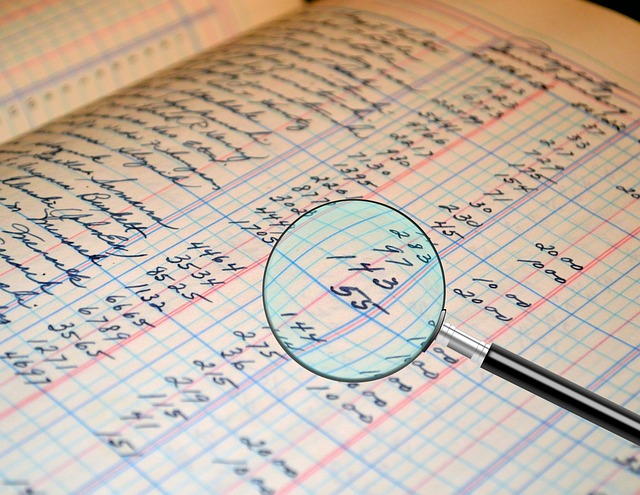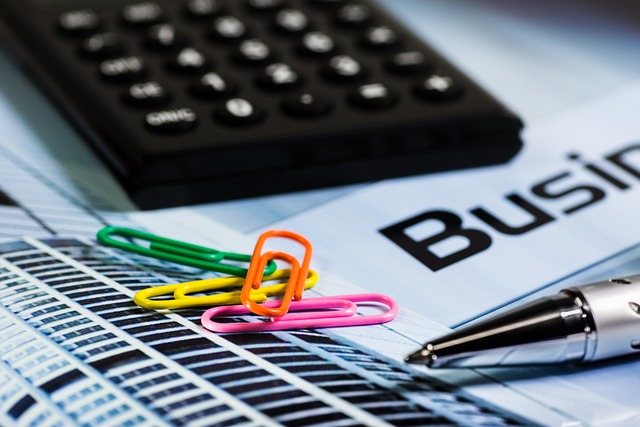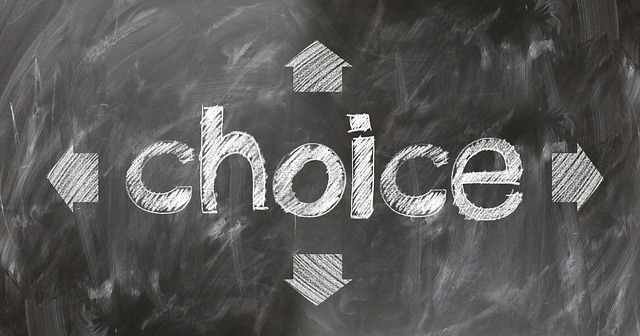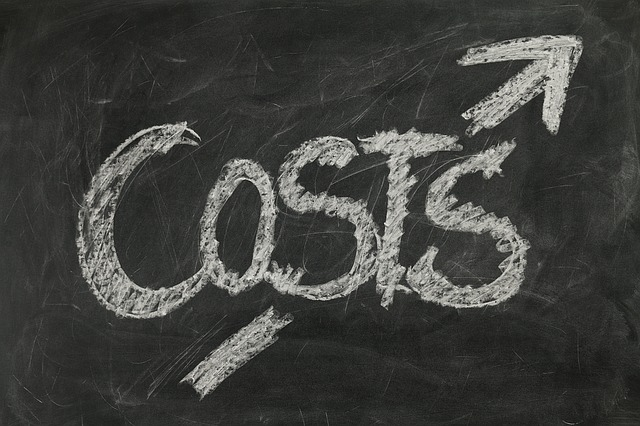What is Invoice Factoring?

Invoice factoring gives small businesses early access to working capital from unpaid invoices. When a business uses invoice factoring, it partners with a factoring company, or Factor.
Once approved, a business sells or factors its invoices in exchange for an immediate cash advance. The Factor purchases the invoices at a discount rate. It then issues a cash advance based on a fixed percentage of the invoice value, called the advance rate.
The Factor now owns the invoices and collects payment instead of the invoice seller. Once the customer pays the invoice, the Factor releases the remaining invoice value minus its fees.
Invoice factoring, also called accounts receivable factoring, is easier to explain with an example.
Invoice Factoring Example
This example presents invoice factoring in its simplest terms. We will dig deeper into all the costs and fee structures later for a more real-world picture.
XYZ Construction has a factoring agreement with the following terms:
- Discount rate: 2%
- Advance rate: 90%
XYZ factors invoices totaling $10,000. The factoring company applies the discount rate of 2% and purchases the invoices for $9,800. However, it won’t send the total amount at once.
Instead, the factoring company applies the 90% advance rate to the purchased amount of $9,800. It wires a cash advance for $8,820 within 24-48 hours.
The remaining $980 goes into a reserve account. Once the customer pays their invoice, the factoring company releases the reserve amount to XYZ Construction.
What are the Factoring Costs?

The exact cost depends on specific information about your business. Most factoring companies publish fee ranges or a starting fee, but you won’t know your precise fees until you apply and get a quote.
Factor Rate
The main factoring fee is the discount rate, also called a factor or factoring rate. It is a sales discount for the factoring company. Most factor rates range from 1% -5%, but it depends on the company.
Invoice factoring rates usually apply per period the invoices go unpaid. For example, if a company has a 2% factoring fee per 30 days, the fee applies every 30 days until the customer pays the invoice.
Some factoring companies charge a lower factor rate every week, such as 0.5% per week. The factoring agreement defines the specific rate and time period.
Additional Invoice Factoring Fees
Many factoring companies charge additional service fees. Some standard factoring fees include:
- Origination or initial filing fee: A one-time fee charged at the start of the factoring process. Not every factoring company charges an origination fee.
- Lockbox Fee: AKA a monitoring fee, it’s an extra fee for monitoring the reserve account. Most times, it’s unnecessary unless it significantly reduces the factor rate.
- Monthly minimum volume fee: A fee charged if a company fails to meet a defined monthly volume of invoices (measured in dollars).
- Monthly access fees: Some factoring companies charge extra to access the provided software.
Non-Recourse Factoring Fee
Recourse factoring means the company can make you buy back invoices if a customer doesn’t pay. Non-recourse factoring means the factoring company takes responsibility if a customer doesn’t pay for a specific reason, such as bankruptcy.
Recourse factoring is cheaper and less stringent, but non-recourse factoring does offer some financial protection. Most factoring companies prefer recourse factoring since they take less risk.
Are all Factoring Fee Structures the same?

No, every invoice factoring company structures its fees differently. Let’s look at different fee structures to understand the invoice factoring cost better.
Flat Fee Structure
A flat fee is one of the most common factoring rate structures. You pay the same invoice factoring rate for every pre-determined term. For example, if your agreement stipulates a 2% fee for a 30-day invoice cycle, you’re charged 2% every 30 days the invoice remains unpaid.
Tiered-Fee Structure
In a tiered-fee structure, you pay the base rate for the first cycle, but then the rate goes up each period customers don’t pay. Tiered-fee structures might come with a lower base rate but could get expensive if customers pay late.
Tired-Fee Structure Example
- 0-30 days: 1%
- 31-45 days: 1.5%
- 46-60 days: 2%
- 61-75 days: 2.5%
- 76-90 days: 3%
- Beyond 90 days: 5%
Other Models
Some factoring companies use a combination of the two models. For example, it’s a flat fee structure until a certain threshold, and then a tiered fee kicks in.
Also, some companies use a discount plus margin model. In this structure, the company charges an interest rate on top of the discount fee. For example, a company might charge PRIME + Margin.
How do Factoring Companies determine fees?

Factoring companies review your business and customer payment histories to determine approval and fees. Here are the key metrics that determine fees.
Volume
One of the main considerations is how many invoices your business factors during a month (in dollars). Companies with higher volumes are likely to get better rates. Some factoring companies require a minimum monthly volume for approval.
Average Collection Time
Factoring companies look at your Days Sold Outstanding (DSO) to see the average amount of time it takes to collect invoices. The company needs to know how soon they will get paid. The lower the DSO, the lower the rate.
Customer Portfolio
Factoring companies look at the credit history of your customers and how many customers your business has. If a business only works with one or a few customers (high customer concentration), it’s riskier for the business. Factoring companies like to see a diverse base of reliable customers.
Frequently Asked Questions
Here are the most common questions about invoice factoring costs.
Why do small businesses use Invoice Factoring?
There are several reasons small business owners use invoice factoring, also called factoring receivables.
Quick Funding
Most factoring companies offer cash advances within 24-48 hours of factoring invoices. Quick access to working capital from invoices gives small businesses more room to operate, grow, and invest.
Stable Cash Flow
It’s difficult to accurately predict cash flow when customer payments come in at different times. When a business factors invoices, it knows exactly when and how much it gets paid, making it easier to budget and stay on top of expenses.
Solve Working Capital Needs
Selling A/R assets is a form of working capital financing. Companies that factor invoices are usually trying to solve an immediate need like making payroll or paying rent.
The Factoring Company Handles Collections
When a company buys A/R assets, it collects the invoice payment. Some businesses like that the Factor handles the back-office billing work. Companies that use whole ledger factoring don’t need a collections department.
How can my business lower Factoring Costs?
There are several things your business can do to help lower costs. Use the following strategies:
- Only factor invoices for reliable customers.
- Improve your DSO and collections before factoring.
- Perform your own credit checks on customers.
- Factor high volumes of invoices for better rates.
What else is included in the Cost of Factoring?
In a good factoring relationship, factoring fees pay for more than the factoring services. The cost of factoring also gets these benefits:
- Administrative support for accounts receivable.
- Flexibility on financing options.
- A way to finance the company while building credit.
Are the costs worth it for my business?
When thinking about the cost of factoring for your business, consider the question, “what’s the cost of not factoring?” If your business struggles with cash flow needs, invoice factoring could be the lifeline to meet those expenses and keep the business running.
Many small businesses fail due to a lack of cash flow to support day-to-day expenses. If invoice factoring keeps your business going, the cost is worth it.
On the other hand, if you think you can weather the storm or find less expensive business loans, those options make more sense. The only real way to know if it’s right for you is to compare factoring rates and run the numbers on your budget.
Final Thoughts on the Cost of Invoice Factoring

Invoice factoring is best for small businesses that need working capital and have reliable customers. Factoring invoices costs run high, but it’s worth it if it keeps your company afloat.
It’s essential to know the costs before signing a factoring agreement. Ensure you run the numbers and see what makes the most sense for your business.











